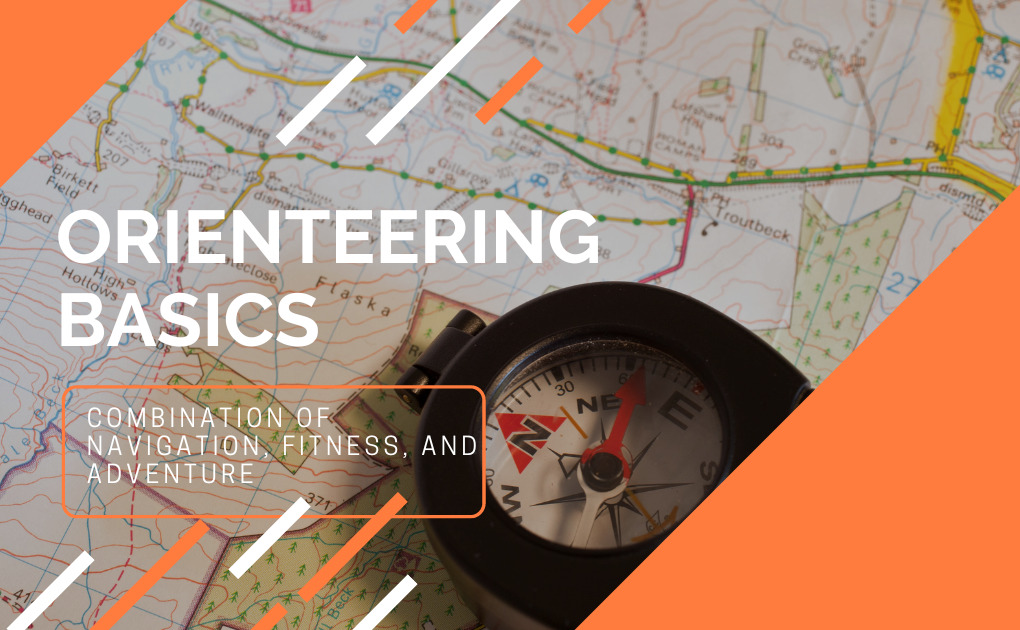Orienteering Basics: 2024 Beginner’s Guide
Orienteering is an exciting outdoor sport that combines navigation, fitness, and adventure. In this article, we will explore the fundamental aspects of orienteering, including compass orienteering basics, essential orienteering skills, basic rules of orienteering, orienteering tips for beginners, and the rules of orienteering. Whether you’re new to the sport or looking to improve your skills, this guide will provide you with the knowledge you need to get started.

What is Orienteering?
Orienteering is a sport that involves navigating through a wilderness area using a map and a compass. The primary goal is to find a series of control points marked on the map in the shortest time possible. Participants must use their navigational skills to locate these points and complete the course. Orienteering can be done individually or as part of a team and is an excellent way to enjoy the great outdoors while challenging your mind and body.
Compass Orienteering Basics
Using a Compass
A compass is an essential tool in orienteering. It helps you determine the direction you need to travel to reach your destination. To use a compass, hold it flat in front of you and rotate the housing until the north arrow aligns with the north direction on the bezel. Now, you can follow the arrow to keep your bearings and stay on course.
Taking Bearings
To take a bearing, simply point the compass at the feature on the map that you want to reach, and then read the bearing in degrees from the compass. Turn your body to match this bearing, and you’ll be heading in the right direction. Remember that the magnetic north may vary slightly from the true north, so make sure to account for this when navigating.
See also : How to play Cornhole
What Are the Basic Orienteering Skills?
Map Reading
Understanding how to read an orienteering map is crucial. Maps used in orienteering are highly detailed and include various symbols and markings that represent terrain features, trails, and control points. Learning how to interpret these symbols and use them for navigation is essential.
Terrain Awareness
Being aware of the terrain and the features it presents is another vital skill. Pay attention to hills, valleys, water bodies, and other distinctive landmarks to help you navigate accurately.
Route Planning
Effective route planning involves choosing the best path to reach each control point while considering factors like distance, terrain, and elevation changes. This skill can significantly impact your performance in orienteering.
Basic Orienteering Rules
Control Points
In orienteering, control points are markers placed in the field at specific locations indicated on the map. Participants must visit these points in the correct order to complete the course.
Timekeeping
Orienteering courses have time limits. You must complete the course within the allocated time to avoid penalties. Timekeeping is crucial, and you should pace yourself accordingly.
Penalties
If you miss a control point or exceed the time limit, you may receive penalties or be disqualified from the event. Following the rules and staying on course is essential to a successful orienteering experience.
Orienteering Tips for Beginners
Start with Easy Courses
For beginners, it’s advisable to begin with easier courses to build confidence and skill. As you gain experience, you can progress to more challenging courses.
Practice Navigation
Regular practice is key to improving your orienteering skills. Familiarize yourself with map reading and compass use to become a more proficient navigator.
Stay Safe
Always inform someone about your plans before going orienteering. Carry essential safety gear, and be aware of your surroundings to stay safe while navigating in the wilderness.
What Are the Rules of Orienteering?
Orienteering rules can vary depending on the event and organization, but there are some common guidelines. Always follow the instructions provided by the event organizers, respect the environment, and demonstrate good sportsmanship. Avoid cutting through areas not intended for travel, and stay on marked trails when required.
Wrapping Up
Orienteering is a captivating outdoor sport that merges physical fitness, navigation, and adventure. This beginner’s guide has unveiled the essentials of this activity, spanning from compass usage to map reading, basic rules, tips for novices, and general etiquette. Orienteering revolves around finding control points on a map within the shortest time, stimulating your mind and body in the great outdoors. Understanding compass basics is fundamental, as it aids in maintaining direction and taking accurate bearings. Essential skills include map interpretation, terrain awareness, and effective route planning, all of which impact your orienteering performance.
Following the sport’s basic rules, such as respecting control points, time limits, and penalties, is critical for a successful experience. Beginners should start with simpler courses and practice their navigation skills while prioritizing safety. Remember, orienteering is not just about the destination but the thrilling journey it offers.

